See the full Harvest Supermoon rise at sunset on Oct. 6. A Harvest Supermoon rises over Glastonbury in 2024 (Image credit: Photo by Matt Cardy/Getty Images) October's full Harvest Moon looms large over the eastern horizon at sunset tonight! Here's what you need to know before the first supermoon of 2025 rises to dominate the night sky with a magnificent display of moonlight.
Archives
The famous Harvest Moon — the first of three supermoons of 2025 — will be the first full moon of autumn when it rises on Oct. 6-7. Harvest Moon shining behind Rocca Calascio Castle, Abruzzo, Italy, on October 1, 2020. (Image credit: Lorenzo Di Cola/NurPhoto via Getty Images) On Monday (Oct. 6) the first supermoon of 2025 will rise big and bright into the autumn sky.
Learn more about the Chi Cygnid Meteor Shower, a rare shower that seems to grow every five years and will appear this September 2025, peaking between September 13, 2025, and September 15, 2025. A falling star during the Perseid meteor shower.(Image Credit: Sofoklo/Shutterstock) If you’re looking for something to do this weekend, look no further than the night sky as the Chi Cygnid meteor showe
The Pleiades will appear close to the moon before midnight on Sept. 12. An image of the Pleiades open star cluster. (Image credit: Alan Dyer/VW PICS/Universal Images Group via Getty Images) Look east on the night of Sept. 12 to see the waning gibbous moon close to the magnificent Pleiades open cluster, with the distant planet Uranus lurking nearby in the constellation Taurus
Forecasters warn of possible G2 geomagnetic storms as a colossal coronal hole sends solar wind racing our way. Forecasters warn of possible G2 geomagnetic storms as a colossal coronal hole sends solar wind racing our way. (Image credit: Left: NOAA GOES. Right: Canva Pro) A colossal butterfly-shaped coronal hole has opened in the sun's atmosphere and is currently spewing
The shooting stars appear to emanate from a patch of space in the constellation Perseus. A sporadic meteor captured in the skies over Argentina. (Image credit: Stocktrek Images/Luis Argerich/Getty Images) Heads up stargazers! The September Epsilon Perseids meteor shower peaks predawn on Sept. 9. Here's what you need to know about this annual shower to increase your chances o
See the first photos of September's majestic total lunar eclipse. The blood moon at full eclipse from Dubai (Image credit: timeanddate) The Sept. 7-8 total lunar eclipse has come and gone, treating stargazers to a breathtaking blood moon that was witnessed by over seven billion people across Asia, western Australia and eastern Europe. A total lunar eclipse occurs during a n
The second total lunar eclipse of 2025 delivers a long, blood-red moon. The second total lunar eclipse of 2025 delivers a long, blood-red moon. (Image credit: WILLIAM WEST/AFP via Getty Images) Jump to: Tonight (Sept. 7–8, 2025), the moon will slip into Earth's shadow for a total lunar eclipse — creating a dramatic 'blood moon'. It's completely safe to watch wi
Auroras may be visible from Alaska to Illinois as an incoming solar storm could spark geomagnetic storm conditions this Labor Day. Auroras may be visible from Alaska to Illinois as an incoming solar storm could spark geomagnetic storm conditions this Labor Day. (Image credit: NOAA SWPC, graphic created in Canva by Daisy Dobrijevic) A potent solar storm is on its way and
Pallas's cat is a small wild cat native to Central Asia with short legs and dense fur, making it look bigger than it really is — but the yelps it makes in stressful situations betray its size. Pallas's cats are very grumpy-looking wild cats. (Image credit: xtrekx/Getty Images) Pallas's cat, also known as a manul, is a feline from Central Asia that yelps like a small do

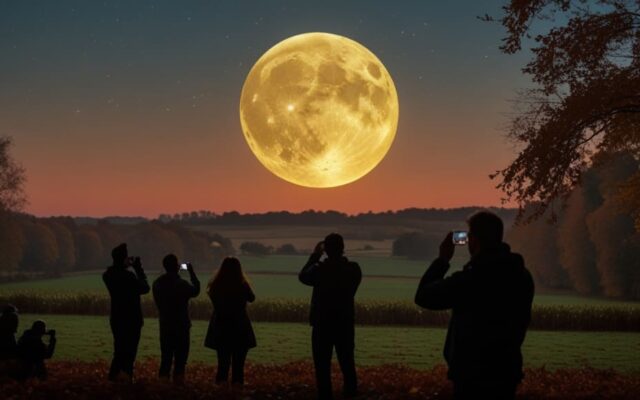

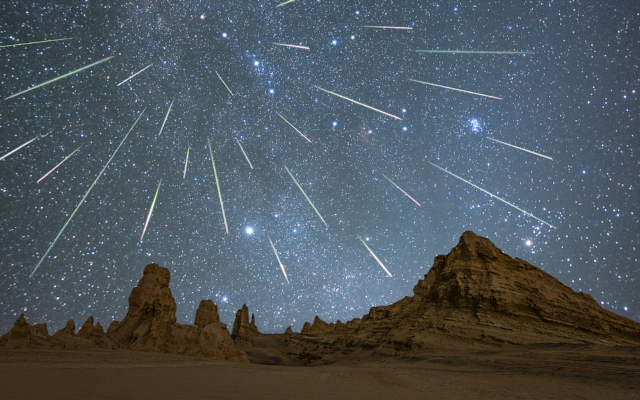
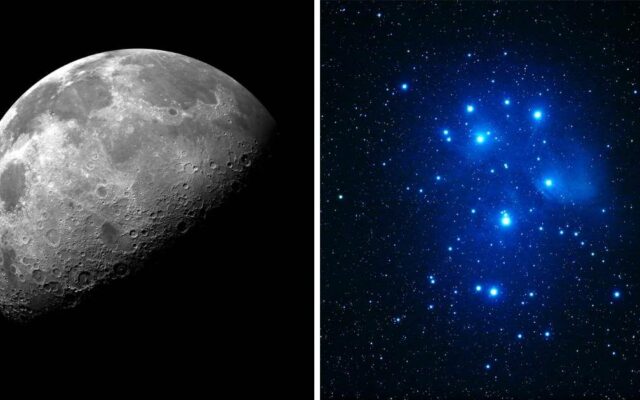
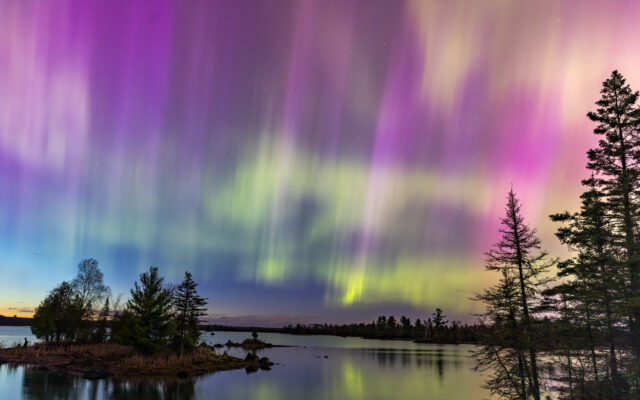
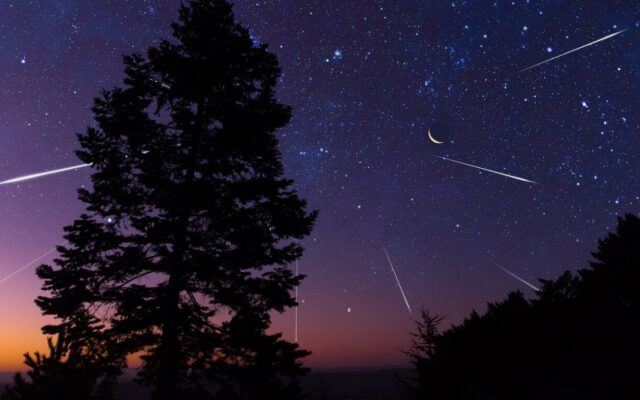

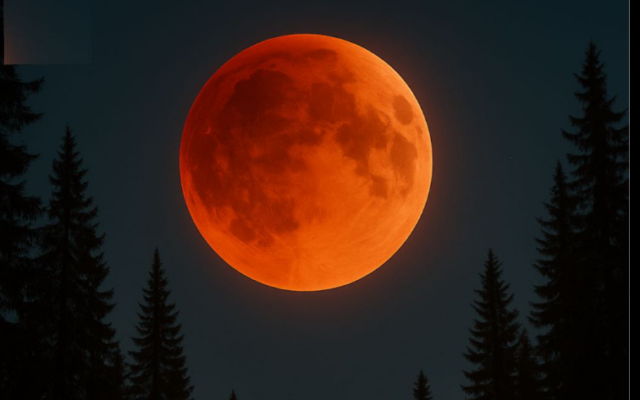
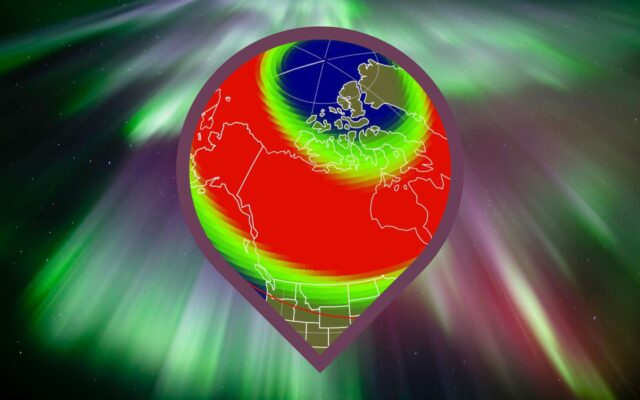

 Photographer Finds Locations Of 1960s Postcards To See How They Look Today, And The Difference Is Unbelievable
Photographer Finds Locations Of 1960s Postcards To See How They Look Today, And The Difference Is Unbelievable  Hij zet 3 IKEA kastjes tegen elkaar aan en maakt dit voor zijn vrouw…Wat een gaaf resultaat!!
Hij zet 3 IKEA kastjes tegen elkaar aan en maakt dit voor zijn vrouw…Wat een gaaf resultaat!!  Scientists Discover 512-Year-Old Shark, Which Would Be The Oldest Living Vertebrate On The Planet
Scientists Discover 512-Year-Old Shark, Which Would Be The Oldest Living Vertebrate On The Planet  Hus til salg er kun 22 kvadratmeter – men vent til du ser det indvendigt
Hus til salg er kun 22 kvadratmeter – men vent til du ser det indvendigt  Superknepet – så blir snuskiga ugnsformen som ny igen!
Superknepet – så blir snuskiga ugnsformen som ny igen!  Meteorite That Recently Fell in Somalia Turns Out to Contain Two Minerals Never Before Seen on Earth
Meteorite That Recently Fell in Somalia Turns Out to Contain Two Minerals Never Before Seen on Earth  Nearly Frozen Waves Captured On Camera By Nantucket Photographer
Nearly Frozen Waves Captured On Camera By Nantucket Photographer 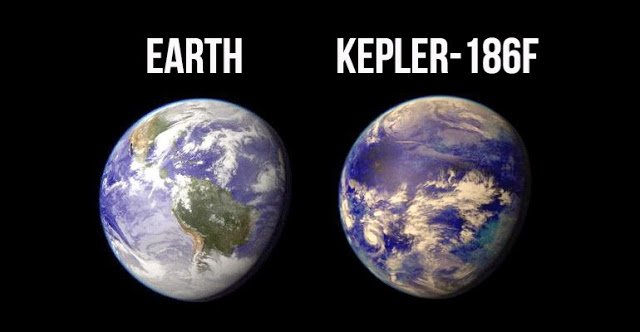 It’s Official: Astronomers Have Discovered another Earth
It’s Official: Astronomers Have Discovered another Earth 